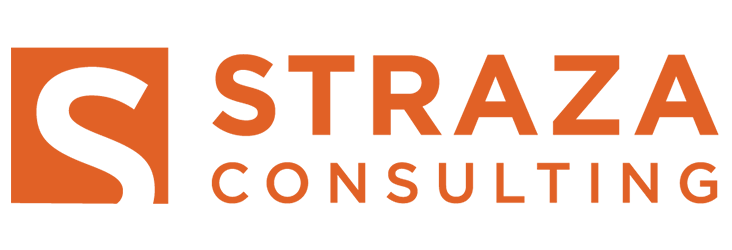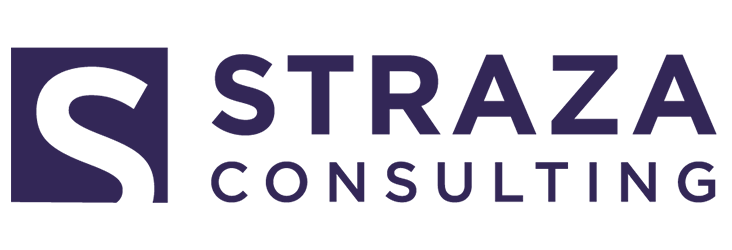
24 Jul CEOs: How Efficient Are Your Business Operations?
CEOs: What is your definition of “operational efficiency”? Second question, how much emphasis do you put on efficiency in your own company?
In today’s fast-paced business world, operational efficiency is no longer just a buzzword. It is a critical component of successful organizations. Achieving high levels of operational efficiency doesn’t happen overnight, but there are a few best practices to consider. Even if you don’t have a COO helping to ensure operational efficiency, there are ways CEOs can fuse the following concepts into business operations.
5 Best Practices to Achieve Operational Efficiency
1) LEAN PRINCIPLES
The concept of lean principles originated from the Japanese manufacturing industry, specifically Toyota, and they focus on reducing waste to improve overall customer value. Today, it applies to any industry. Apply lean principles by implementing strategies that eliminate waste in your operations. Consider both tangible (materials, time) and intangible (effort, skill) resources. Streamline processes and systems for maximum value with minimal waste.
2) AUTOMATE WHERE POSSIBLE
Automation isn’t about replacing humans, but about enabling them to focus on higher value tasks. Identify repetitive processes that can be automated, freeing your team for creative and strategic tasks. For example, you might use automation for inventory management, customer service, data entry, invoicing and payments, and the onboarding process (human resources).
3) CONTINUOUS IMPROVEMENT
Foster a culture of Kaizen, which is a Japanese business philosophy that connotes “continuous improvement.” Encourage your team to challenge the status quo and come up with innovative ideas for boosting efficiency. There are a few different ways to achieve improvement.
- Employee Empowerment: At the heart of continuous improvement is the belief that the people closest to the work are best positioned to identify opportunities for improvement. Organizations should empower all employees to suggest changes and take initiative.
- Culture of Learning: Continuous improvement requires a culture that values learning, growth, and adaptability. Mistakes should be seen as opportunities to learn and innovate, not merely failures.
- Problem-Solving: Fostering a problem-solving mindset is vital. Encourage your team to identify the root causes of issues rather than just treating symptoms. This can involve techniques like “The 5 Whys” or Cause-and-Effect diagrams.
- Data-Driven Decisions: Data should be at the core of your continuous improvement efforts. Collect data to identify areas for improvement, set measurable goals, track progress, and validate the effectiveness of changes.
- Continuous Review: Regularly review your processes, systems, and results to identify opportunities for further improvements. Continuous improvement is a cycle: plan, do, check, act—then start over.
4) MEASURE AND TRACK
Key performance indicators (KPIs) provide invaluable insights about your operations. Define clear, measurable goals and track progress regularly. The KPIs you choose should align with your specific business goals and operational processes. And, while it’s important to track KPIs over time for trends, they are just one tool in your arsenal. It’s also crucial to listen to your employees, customers, and other stakeholders for a more complete picture of your operational efficiency.
5) TRAINING AND DEVELOPMENT
Equip your team with the necessary skills and knowledge to perform at their best. This not only enhances operational efficiency but also employee satisfaction. From initial onboarding and skills training to continuous learning and leadership development, you have the power to raise your staff members’ contribution to your organization’s success and growth. Of course, training and development may incur a financial investment, but its return on that investment can be a gamechanger.
Embrace Operational Efficiency as a Continuous Journey
Achieving operational efficiency requires commitment, but it’s an investment that pays dividends. The journey towards efficiency may be challenging, but remember that small changes can lead to significant results.
Let’s embrace efficiency not as a one-off project but as a continuous journey towards improvement and growth. If you’re uncertain on how to bring more operational efficiency to your business, I have some ideas. You can contact me here via my website or email me directly at michael@consultstraza.com.
Now, just one more question: In the above five areas, which one does your organization do the best and which one needs the most help?



Sorry, the comment form is closed at this time.